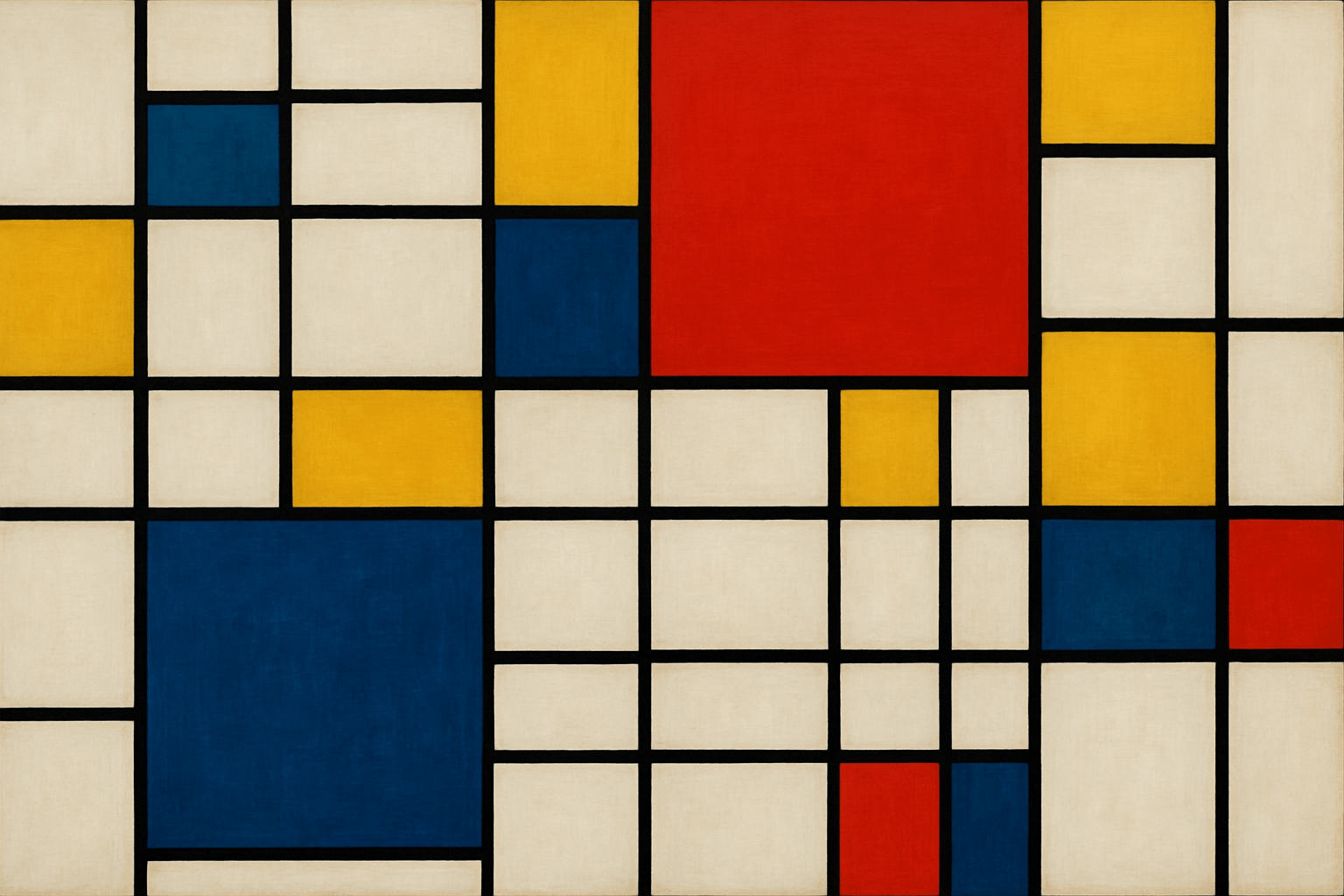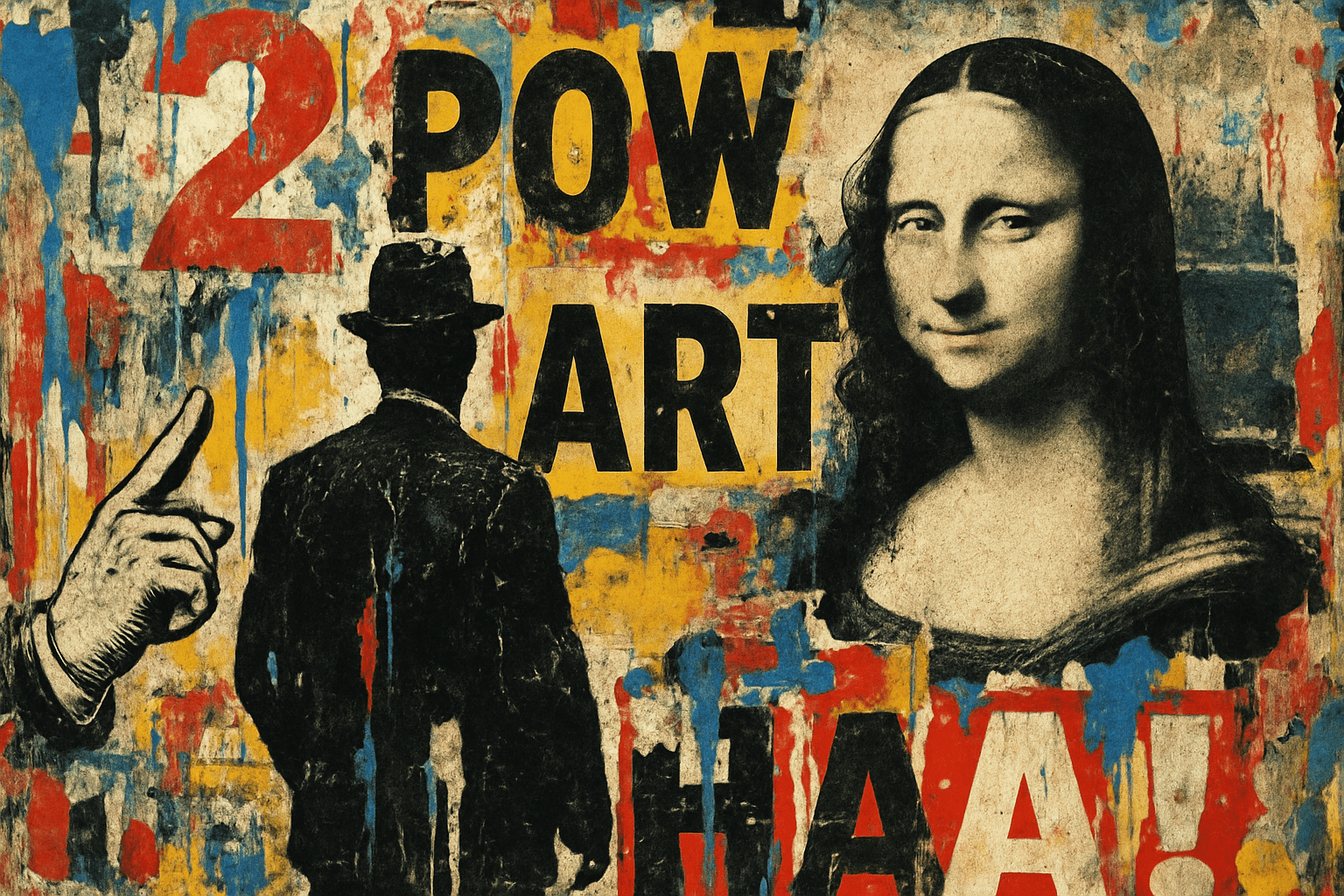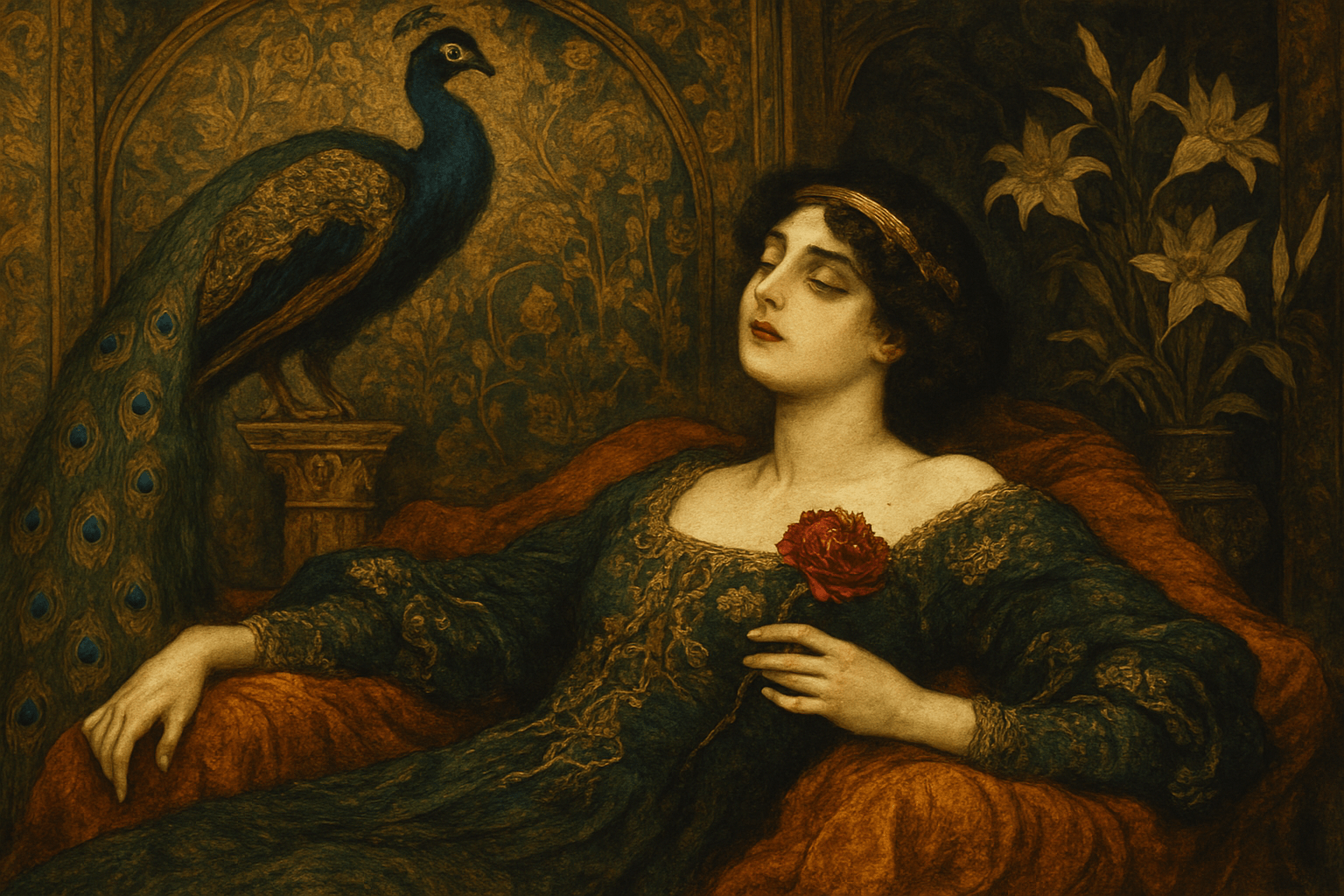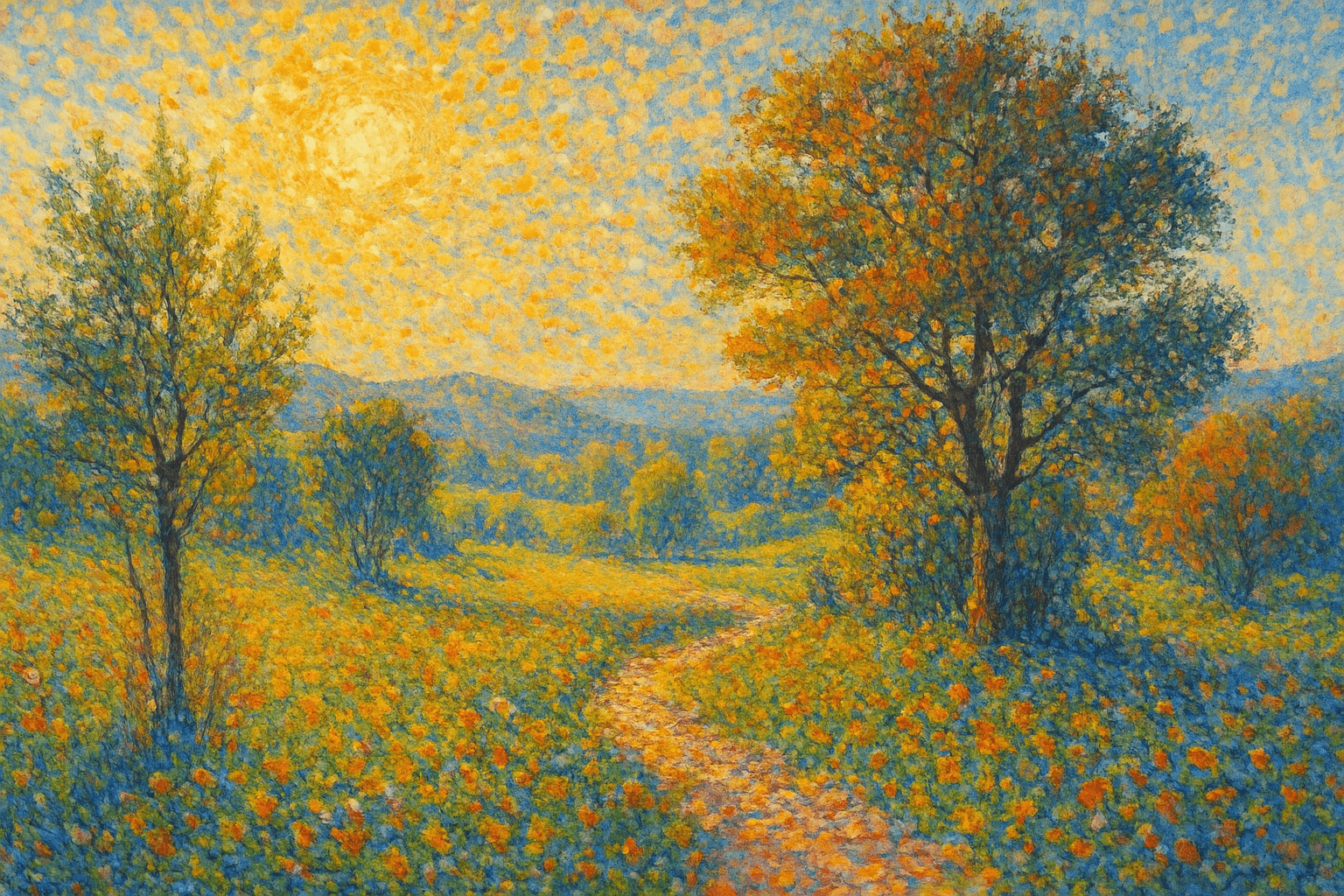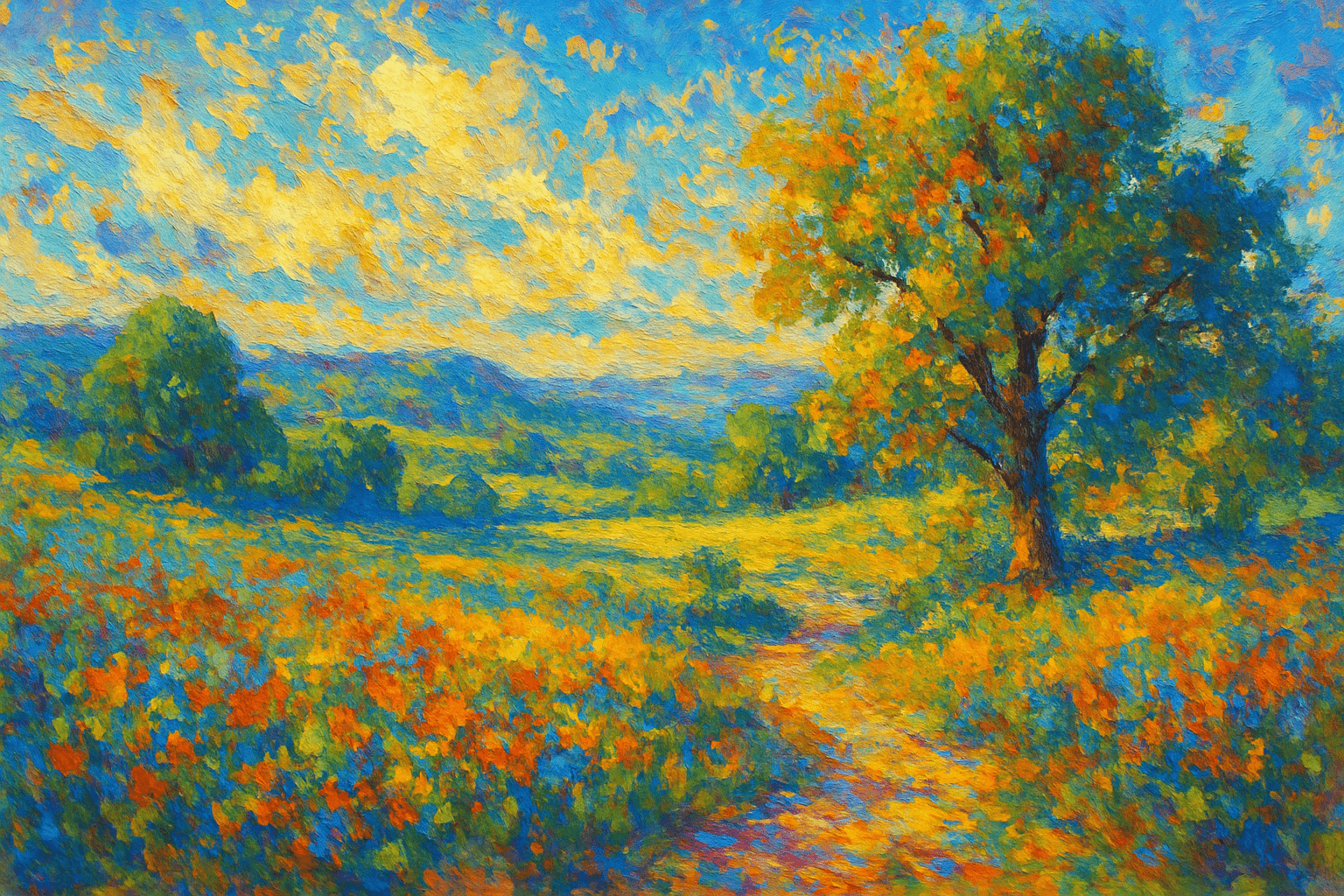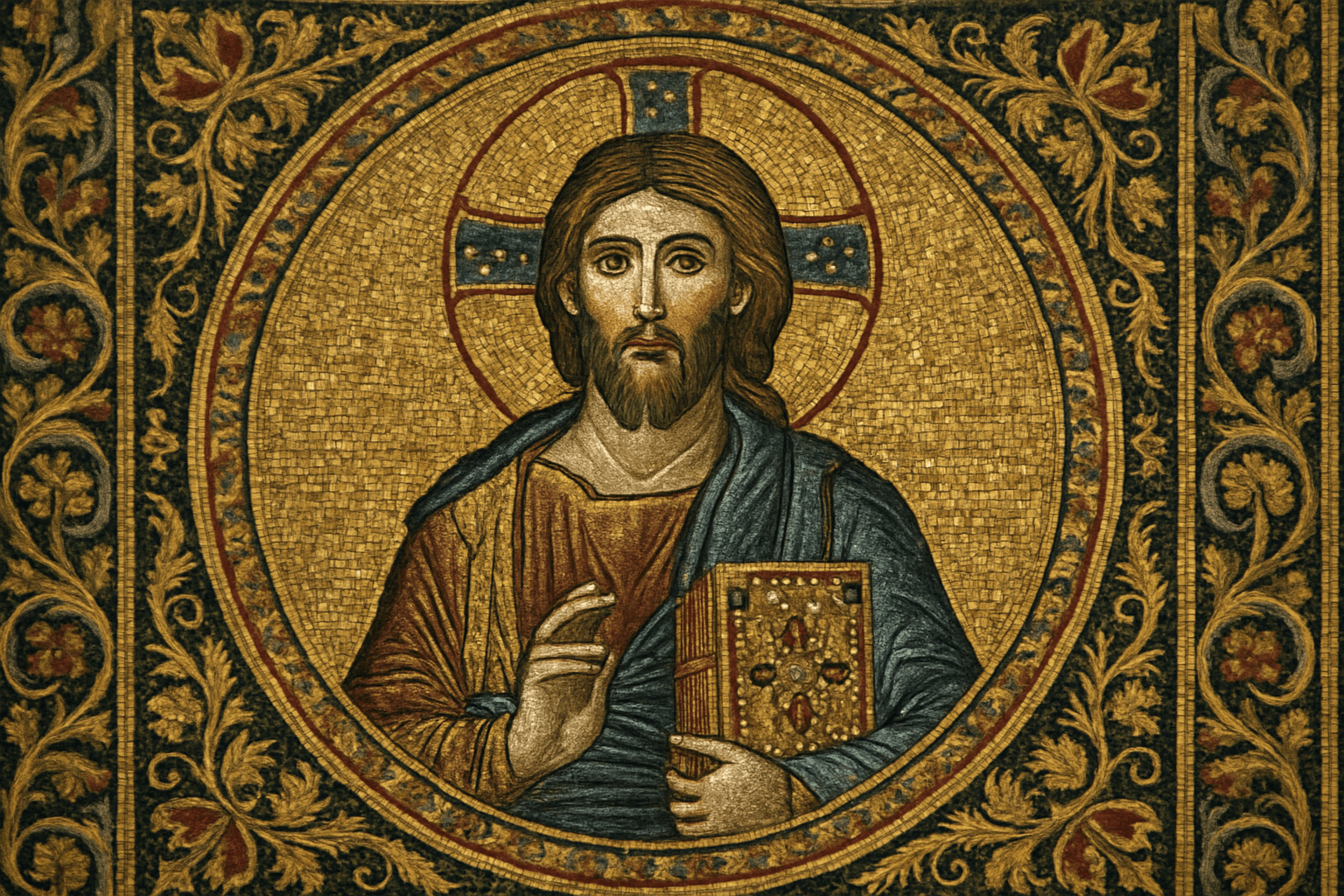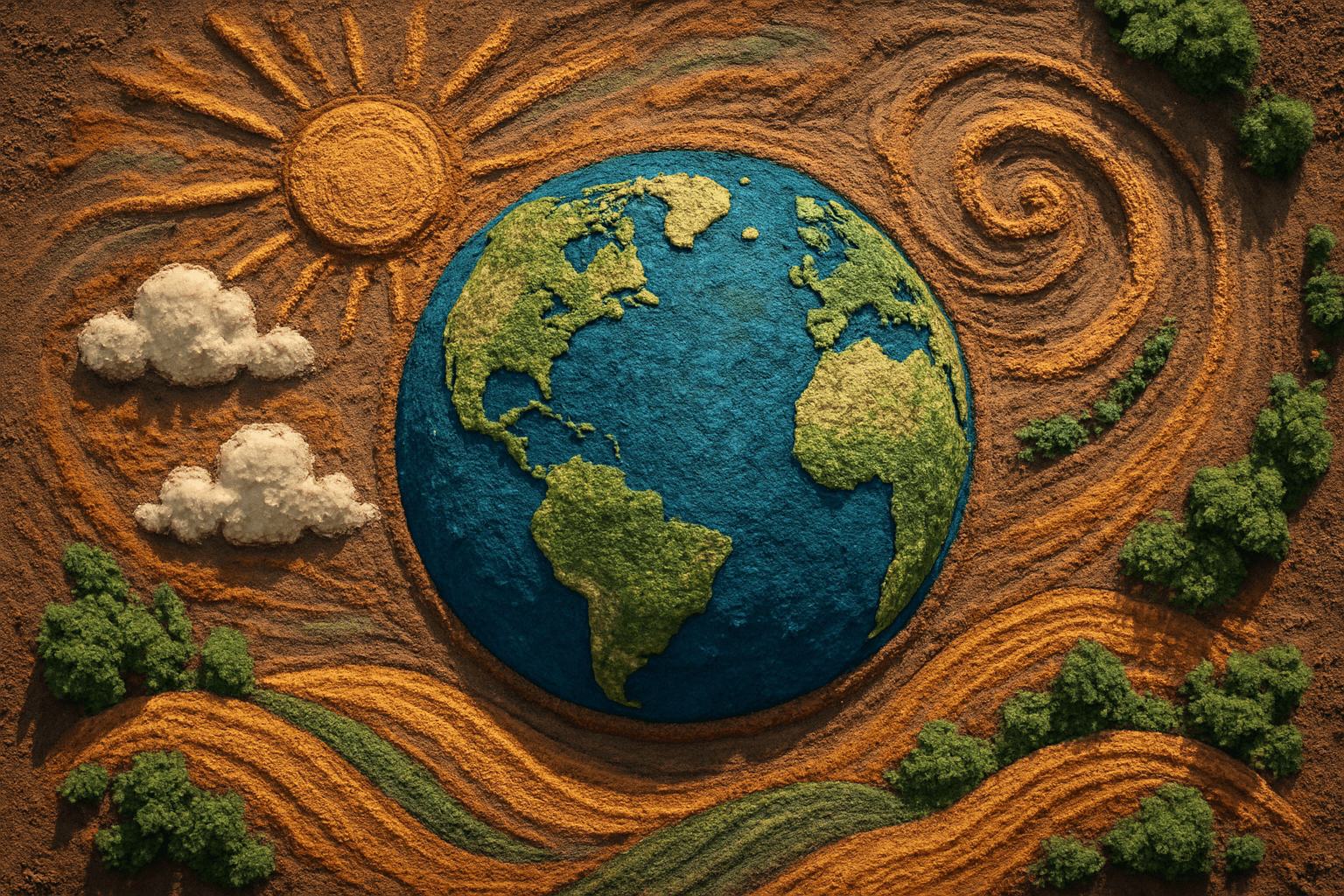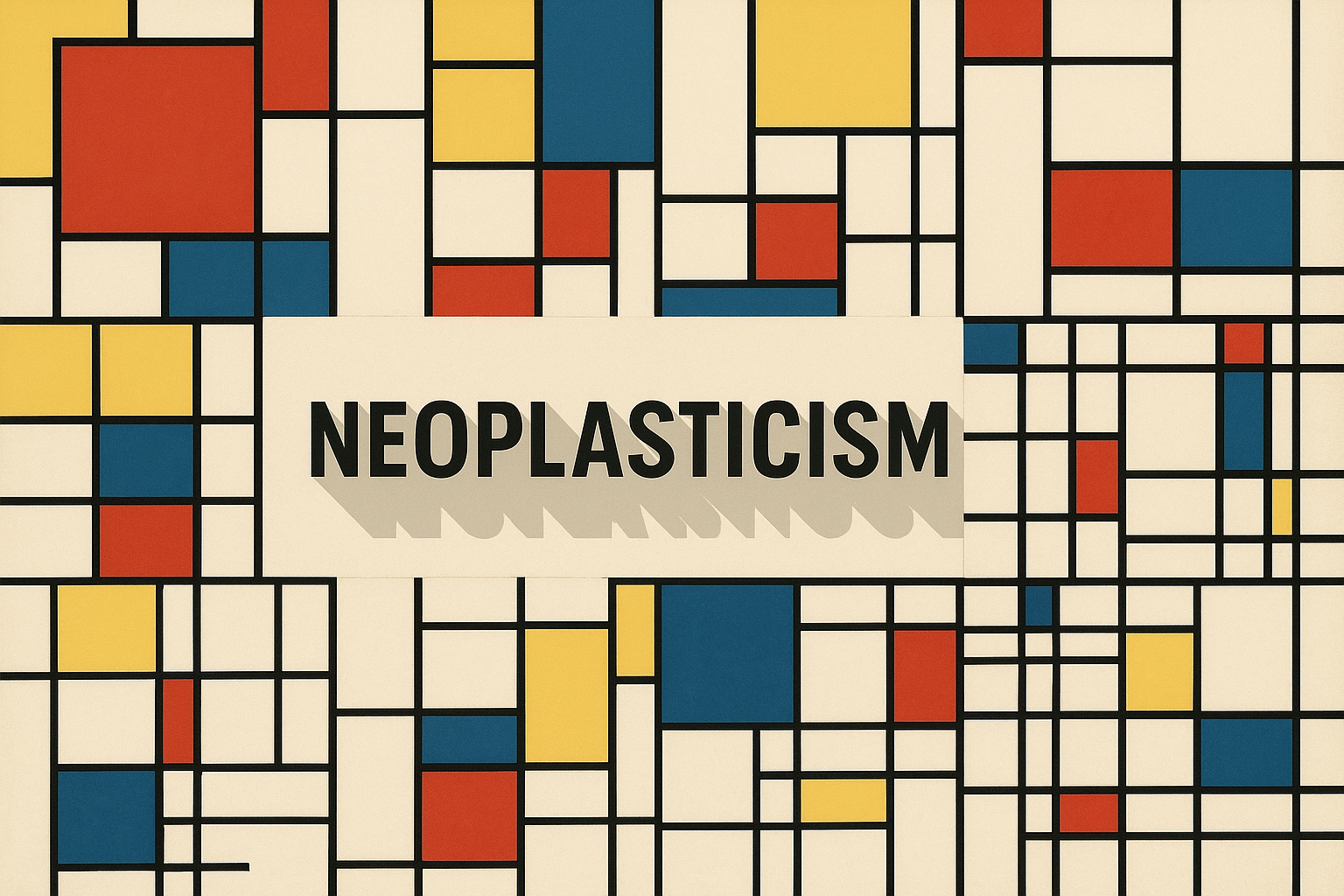
Neoplasticism
Neoplasticism is a visual art style that is characterized by its use of simple geometric shapes and forms. The colors used in Neoplasticism are typically very bright and bold, and the overall look of the art style is very clean and minimalistic.
AOI thinking about Neoplasticism [+_~]-/
Overview and Quickfacts
Neoplasticism is a art style that emerged in the early 20th century. It is characterized by its use of simple, geometric forms and its focus on primary colors.
Can understand it also, as:
Futurism, Cubism, Dadaism, Surrealism, Abstract Expressionism
Categorize it as:
Impressionism, Modernism
.: Dreaming :.
holds a HAIKU for the art style
:. Thought is power .:
Detailed Description
Neoplasticism is a style of art that was developed in the early 20th century by a group of artists who were associated with the De Stijl movement. The word “neo” in the name refers to the fact that this was a new style of art, while “plastic” refers to the fact that the artists believed that art should be based on the principles of form and color. The most famous artists associated with Neoplasticism are Piet Mondrian and Theo van Doesburg. Mondrian’s most famous paintings are his “Grid Paintings” which feature a series of horizontal and vertical lines that intersect to form a grid. The colors in these paintings are usually limited to black, white, and a few primary colors. Van Doesburg was the founder of the De Stijl movement, and he also wrote a manifesto outlining the principles of Neoplasticism. In his paintings, he often used a similar grid motif as Mondrian, but he also experimented with other geometric shapes and patterns. He also believed that the use of primary colors was important, but he also sometimes included other colors in his paintings. Neoplasticism was a short-lived but influential art movement that had a significant impact on the development of abstract art in the 20th century.
.. beep, beep, beep ..
<START OF TRANSMISSION>
1. Neoplasticism is an art movement that started in the early 20th century. 2. It was founded by the Dutch artist Piet Mondrian. 3. Neoplasticism is also known as De Stijl, which means "The Style" in Dutch. 4. The main principle of Neoplasticism is that art should be reduced to its essentials: line, color, and form. 5. Neoplasticism is characterized by its use of simple geometric shapes and primary colors. 6. Mondrian believed that art should reflect the spiritual order of the universe. 7. He believed that the straight line and the square were the most basic and perfect forms. 8. Mondrian's work is often seen as a precursor to Minimalism and Abstract Expressionism. 9. Other notable artists associated with Neoplasticism include Theo van Doesburg, Gerrit Rietveld, and Bart van der Leck. 10. Neoplasticism had a major influence on 20th-century design, especially in the fields of architecture, furniture, and graphic design. 11. The Dutch city of Amsterdam is home to the Rietveld SchrÃÂöder House, a UNESCO World Heritage Site and one of the most famous examples of Neoplastic architecture. 12. The De Stijl movement also had a significant impact on fashion, with designers such as Yves Saint Laurent and Vivienne Westwood incorporating Neoplastic elements into their collections. 13. In recent years, Neoplasticism has experienced a resurgence in popularity, with artists such as Ellsworth Kelly and Brice Marden incorporating its principles into their work. 14. Neoplasticism is sometimes seen as a reaction against the excesses of the Art Nouveau movement. 15. Mondrian initially trained as a painter, but later became interested in theosophy and philosophy. 16. He moved to Paris in 1911, where he was exposed to the work of Cubist artists such as Pablo Picasso and Georges Braque. 17. Mondrian returned to the Netherlands in 1914 and started working on his first abstract paintings. 18. The De Stijl group was founded in 1917, with Mondrian as its leader. 19. The group's journal, also called De Stijl, was first published in 1918. 20. The De Stijl movement came to an end with the death of Mondrian in 1944.
<EOF>
.. robbel bob
Visual Examples from our image gallery
Coming soon, we are so slow .. might never come
Artists, Paintings, and more
(be aware, can be highly speculative)
Artists (be aware, speculation possible):
1. Piet Mondrian (1872-1944) 2. Theo van Doesburg (1883-1931) 3. Vilmos Huszar (1884-1960) 4. Lajos Kassak (1887-1967) 5. El Lissitzky (1890-1941) 6. Piet Zwart (1885-1977) 7. Gerrit Rietveld (1888-1964) 8. Bart van der Leck (1876-1958) 9. Le Corbusier (1887-1965) 10. J.J.P. Oud (1890-1963) 11. A. R. Penck (1939- ) 12. Gerhard Richter (1932- ) 13. Yves Klein (1928-1962) 14. Jean Tinguely (1925-1991) 15. Niki de Saint Phalle (1930-2002) 16. Christo and Jeanne-Claude (1935-2009; 1935- ) 17. Andy Warhol (1928-1987) 18. Roy Lichtenstein (1923-1997) 19. Claes Oldenburg (1929- ) 20. James Rosenquist (1933- ) 21. Robert Rauschenberg (1925-2008) 22. Jasper Johns (1930- ) 23. Ed Ruscha (1937- ) 24. John Baldessari (1931- ) 25. David Hockney (1937- ) 26. Richard Hamilton (1922-2011) 27. Peter Blake (1932- ) 28. R.B. Kitaj (1932-2007) 29. Patrick Caulfield (1936-2005) 30. Howard Hodgkin (1932- )
Artworks (be aware, speculation possible)
1. The Potato Eaters ÃÂàVincent van Gogh (1885) 2. The Yellow House ÃÂàVincent van Gogh (1888) 3. The Starry Night ÃÂàVincent van Gogh (1889) 4. CafÃÂé Terrace at Night ÃÂàVincent van Gogh (1888) 5. Sunflowers ÃÂàVincent van Gogh (1888) 6. The Bedroom ÃÂàVincent van Gogh (1889) 7. The Sower ÃÂàVincent van Gogh (1888) 8. Wheat Field with Cypresses ÃÂàVincent van Gogh (1889) 9. Irises ÃÂàVincent van Gogh (1890) 10. The Scream ÃÂàEdvard Munch (1893) 11. Madonna ÃÂàEdvard Munch (1895) 12. The Sick Child ÃÂàEdvard Munch (1896) 13. The Dance of Life ÃÂàEdvard Munch (1900) 14. Autumn ÃÂàEdvard Munch (1902) 15. The Voice ÃÂàEdvard Munch (1905) 16. Self-Portrait with Bandaged Ear ÃÂàVincent van Gogh (1889) 17. The Mulberry Tree ÃÂàVincent van Gogh (1889) 18. Almond Blossoms ÃÂàVincent van Gogh (1890) 19. Dr. Gachet’s Garden in Auvers ÃÂàVincent van Gogh (1890) 20. Portrait of an Artist (Self-Portrait) ÃÂàVincent van Gogh (1887) 21. The Night CafÃÂé ÃÂàVincent van Gogh (1888) 22. A Wheatfield with Cypresses ÃÂàVincent van Gogh (1889) 23. The Olive Trees ÃÂàVincent van Gogh (1889) 24. The Red Vineyard ÃÂàVincent van Gogh (1888) 25. The Bridge at Arles ÃÂàVincent van Gogh (1888) 26. The Poppy Field ÃÂàVincent van Gogh (1889) 27. The Langlois Bridge at Arles with Women Washing ÃÂàVincent van Gogh (1888) 28. The Langlois Bridge at Arles with Women Washing ÃÂàVincent van Gogh (1888) 29. The Zouave ÃÂàVincent van Gogh (1888) 30. The Wheat Field ÃÂàVincent van Gogh (1889)
Epoch
X
AI ART RESSOURCES (AKA, well Tools)
Helping tools -> predefined search links on other pages:
